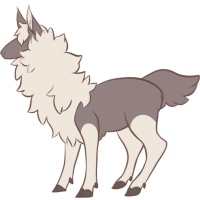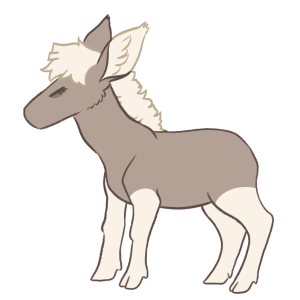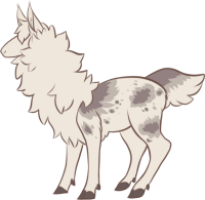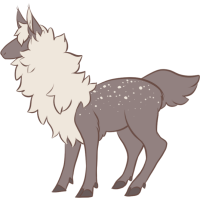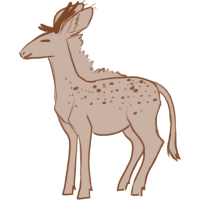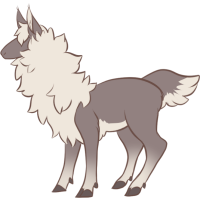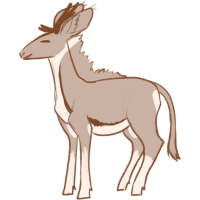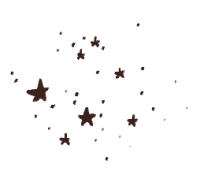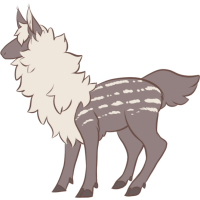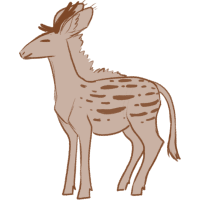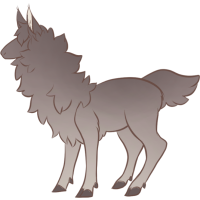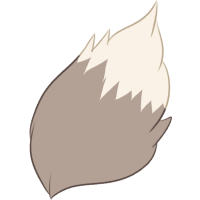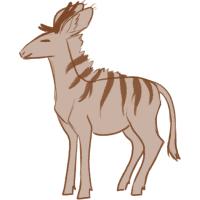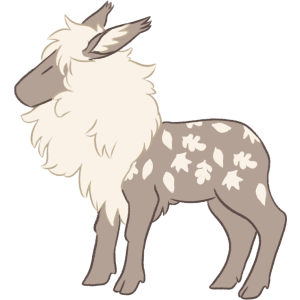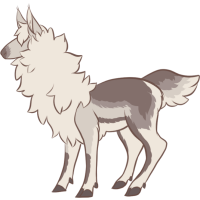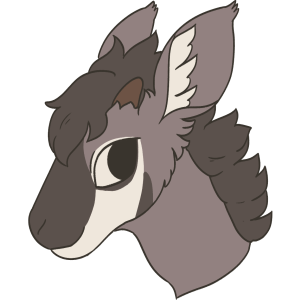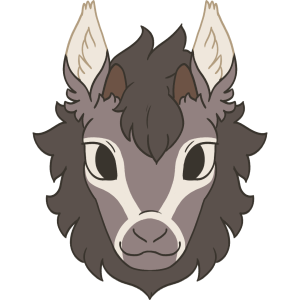Traits
Sock (Uncommon)
A secondary marking.
Leg markings that go over the top of Primary markings (and Secondary markings aside from piebald and melanic). Starts at the hooves and can run just a few inches above the hooves to covering the whole leg or anywhere in between. The top of the sock may be solid or a fade.
Should be symmetrical on both sides, but front to back can vary. i.e. front socks could be short and back could be taller.
Alternate Types Show
-
Sock (Sono) (Uncommon)
A secondary marking.
Leg markings that go over the top of Primary markings (and Secondary markings aside from piebald and melanic). Starts at the hooves and can run just a few inches above the hooves to covering the whole leg or anywhere in between. The top of the sock may be solid or a fade.
Should be symmetrical on both sides, but front to back can vary. i.e. front socks could be short and back could be taller.
Sock (Sono) (Uncommon)
A secondary marking.
Leg markings that go over the top of Primary markings (and Secondary markings aside from piebald and melanic). Starts at the hooves and can run just a few inches above the hooves to covering the whole leg or anywhere in between. The top of the sock may be solid or a fade.
Should be symmetrical on both sides, but front to back can vary. i.e. front socks could be short and back could be taller.
Splotch (Uncommon)
This is a secondary trait.
Large patches of color; generally darker patches on a lighter overall color but not always. Typically seen as a splotch of color on top of a primary color, with the splotch containing 1-2 darker shades/colors on top of that.
Spot (Common)
This is a secondary trait.
Spots. Can be seen in a variety of (natural looking) arrangements and sizes.
Alternate Types Show
-
Spot (Sono) (Sonoelkh) (Uncommon)
This is a secondary trait.
Spots. Can be seen in a variety of (natural looking) arrangements.
Standard Marking (Common)
A primary marking.
Standard coat that has a darker overall color with lighter legs, and belly, and underside of the tail. Leg markings should reach around half the leg.
Alternate Types Show
-
Standard Marking (Sono) (Common)
A primary marking.
Light legs; light belly running up the neck and back across the mane. A dark stripe runs along most of the belly marking.
Standard Marking (Sono) (Common)
A primary marking.
Light legs; light belly running up the neck and back across the mane. A dark stripe runs along most of the belly marking.
Star Mark (Rare)
A secondary marking. A single star-like mark anywhere on the body other than the mane. Can be a 5-point or 4-point star; can be light or dark.
Max 3 star markings per design; each requiring a rare trait potion.
This marking is not symmetrical meaning if it is on the left flank, it does not automatically appear on the right flank on the other side.
Alternate Types Show
-
Star Mark (Sono) (Rare)
Species: Bepotelkh
A secondary marking. A single star-like mark anywhere on the body other than the mane. Can be a 5-point or 4-point star; can be light or dark.
Max 3 star markings per design; each requiring a rare trait potion.
This marking is not symmetrical meaning if it is on the left flank, it does not automatically appear on the right flank on the other side.
Star Mark (Sono) (Rare)
A secondary marking. A single star-like mark anywhere on the body other than the mane. Can be a 5-point or 4-point star; can be light or dark.
Max 3 star markings per design; each requiring a rare trait potion.
This marking is not symmetrical meaning if it is on the left flank, it does not automatically appear on the right flank on the other side.
Stars of Aiti (Restricted)
A secondary marking.
Delicate star shaped markings interspersed with speckles. The stars should remain small.
Stripe (Common)
This is a secondary trait.
Horizontal stripes. Almost always broken up into "dashes". Varying thickness. Not to be vertical.
Alternate Types Show
-
Stripe (Sono) (Common)
This is a secondary trait.
Horizontal stripes. Almost always broken up into "dashes". Varying thickness. Not to be vertical.
Sunset (Uncommon)
A primary marking; appears as a flat horizontal gradient running from top to bottom.
A dark gradient that runs from top to bottom horizontally.
Alternate Types Show
-
Sunset (Sono) (Uncommon)
A primary marking.
A dark gradient that runs from top to bottom horizontally.
Tree Leaves (Restricted)
A secondary marking.
Your elkh (bep or sono) has deciduous tree leaf markings. (leaves only; standard color rules apply- see design guide).
-Up to 3 tree leaf types
-Must be solid color and not appear to be a human drawn picture of a plant with outlines etc; think spots! (though outline trait could provide a general outline on the outer edges)
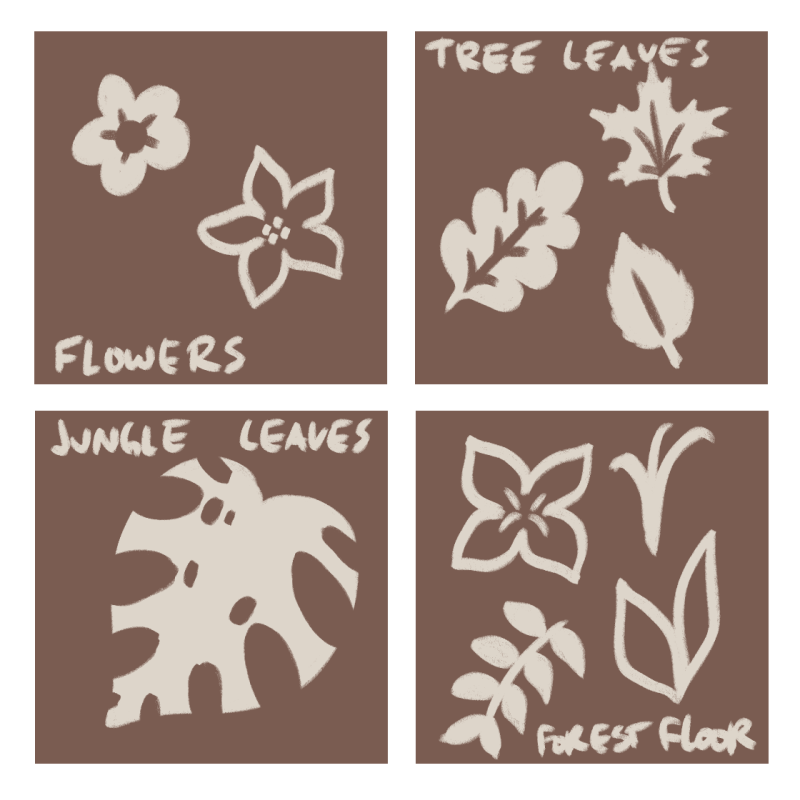
Markings should be solid color, but detail can be achieved by utilizing negative space.
Tundra (Uncommon)
A primary marking.
Overall light color coat with varying darker shades toward the back and distinct dark line along front legs, across the sides along the belly, and down the back legs. The brightness of the coat should match the example (i.e. the lightest part of the example image should be the lightest part of your design; the darkest part should match the darkest, etc)
Based on reindeer. This marking type is a "complete coat" meaning it cannot be altered in how it appears.
Antillo (face) (sono) (Common)
A sono-exclusive facial marking reminiscent of a pronghorn. Always a lighter color with a darker stripe up the nose and along the cheek.
Billy (face) (Common)
A facial marking reminiscent of domestic goats. Colored rings around the eyes taper into stripes running down both sides of the face, terminating in a ring around the muzzle. The ring may or may not be filled solid as in the example below.
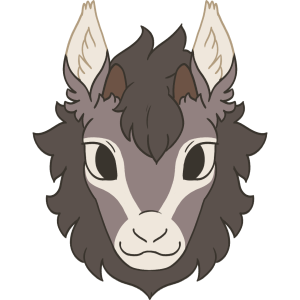
Alternate appearance of billy.
